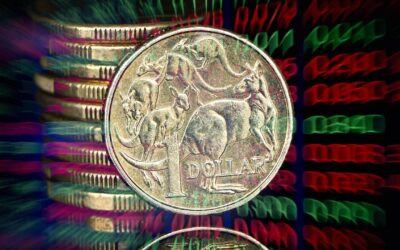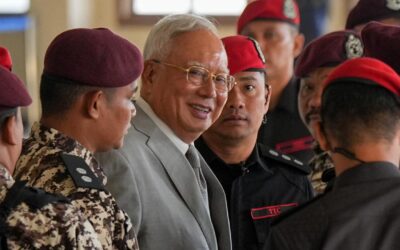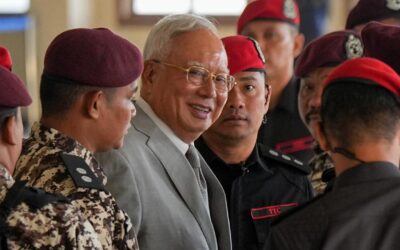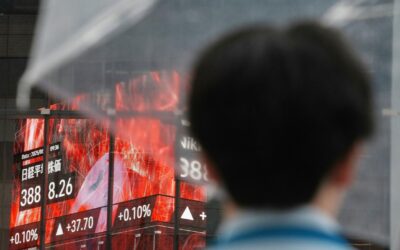Sorry, that’s old news…
You’ve found an older news story. We delete stories from our AAP News Feed after two months. But fear not, here’s today’s news!

Exchange-traded funds are becoming the preferred option for many investors, financial advisors and brokers to ...

Imprisoned former Malaysian prime minister Najib Razak has been convicted following a corruption trial tied to a ...

Imprisoned former Malaysian prime minister Najib Razak has been convicted following a corruption trial tied to a ...

Shares have traded mixed across Asia with Tokyo's Nikkei 225 leading regional gains after Japan's Cabinet approved ...

Police have asked a 47-year-old man to contact them after a car with a celebratory Hanukkah sign was set alight on ...

As the popularity of streaming services booms, the traditional Australian pastime of the Boxing Day movie is still ...

With an estimated seven billion Aussies set to spend more than $3 billion on Boxing Day sales, shoppers are being ...

Australians are facing the prospects of vastly different Christmas conditions, with some facing heatwaves and ...
No results found.
Background image courtesy victoriancollections.net.au